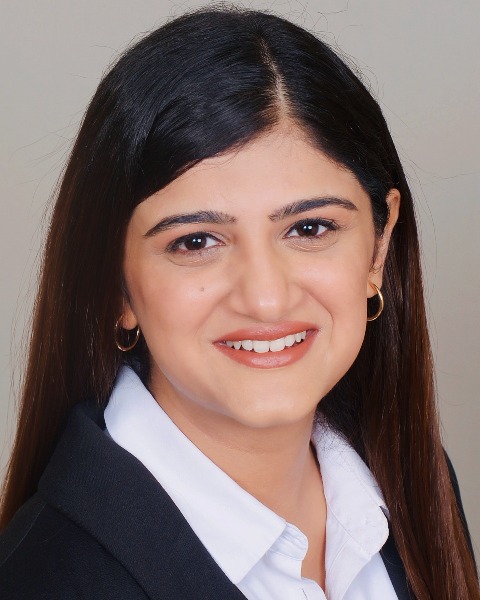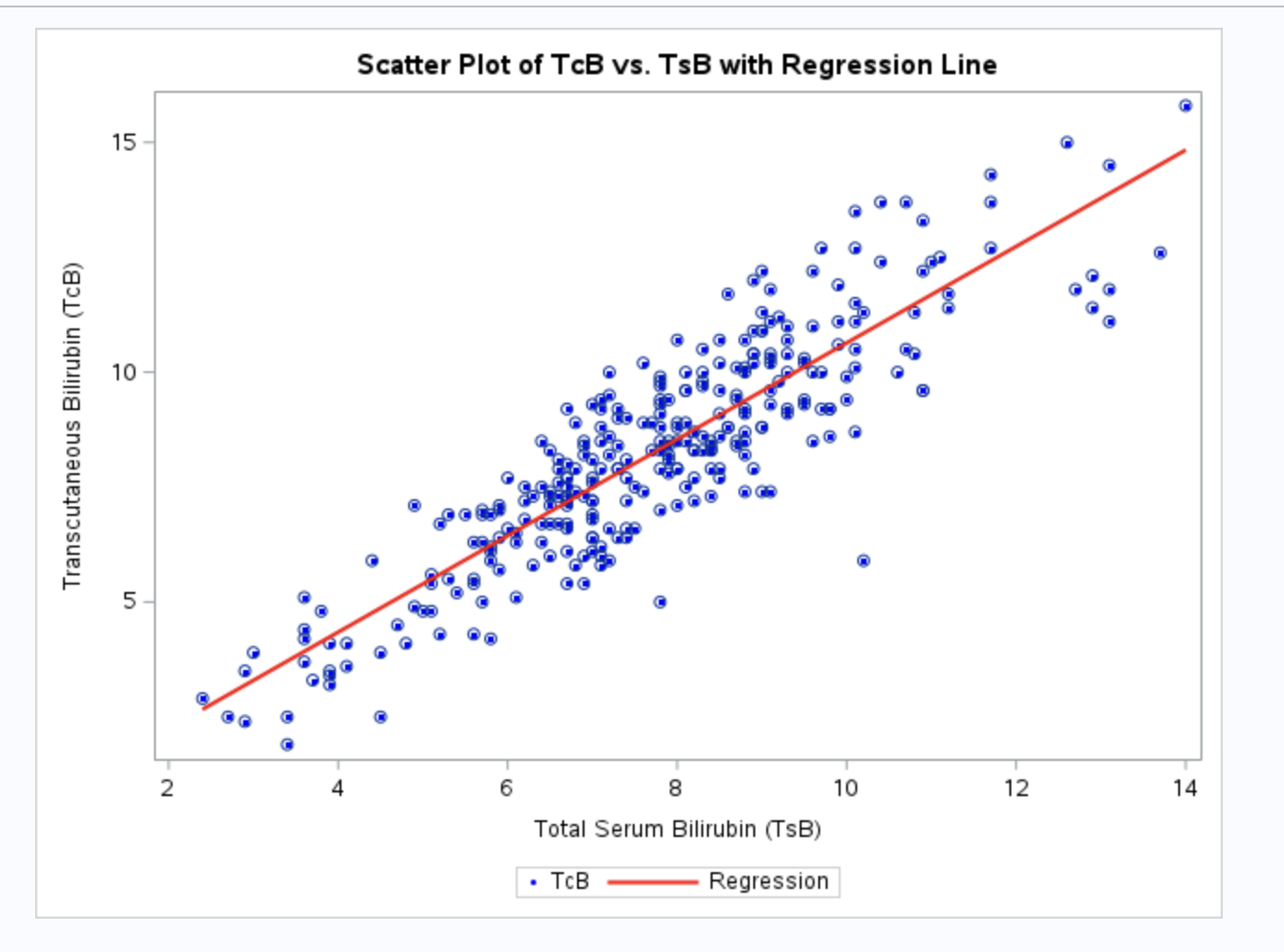Neonatal Hematology & Bilirubin Metabolism 1
Session: Neonatal Hematology & Bilirubin Metabolism 1
667 - Assessing Accuracy of Transcutaneous and Total Serum Bilirubin Measurements in a Multiracial-Multiethnic Population
Monday, April 28, 2025
7:00am - 9:15am HST
Publication Number: 667.4006
Helly Thakkar, Icahn School of Medicine at Mount Sinai, rego park, NY, United States; Chaithanya Avanthika, Icahn School of Medicine at Mount Sinai, New York City, NY, United States; Jean Marco Verdi, Icahn School of Medicine at Mount Sinai Hospital - - New York, NY, New York, NY, United States; Jennifer Pintiliano, Icahn School of Medicine at Mount Sinai, Oceanside, NY, United States; Uday P.. Patil, Icahn School of Medicine at Mount Sinai, Elmhurst, NY, United States

Helly Thakkar, MD (she/her/hers)
Resident
Icahn School of Medicine at Mount Sinai
rego park, New York, United States
Presenting Author(s)
Background: Screening for neonatal hyperbilirubinemia prior to discharge from the birthing hospital is standard of care in the United States. While total serum bilirubin (TSB) remains the gold standard, non-invasive option of transcutaneous bilirubin (TcB) measurement has quickly become the preferred screening method. TcB varies based on the skin color of the neonate that is influenced by their race or ethnicity. This study aims to investigate the relationship between TcB and TSB in a multiracial-multiethnic population, while controlling for the impact of various factors such as feeding type, percentage weight change, growth category, and coombs test results.
Objective: To assess accuracy of TcB when compared to TSB done at the same time in a multiracial-multiethnic population
Design/Methods: A retrospective chart review was conducted on 300 neonates with gestational age 37 weeks and over, admitted to the Mother-Baby unit after birth, at a large public hospital in New York City. Data were collected from electronic medical records between November 2019 and March 2020, coinciding with the implementation of TcB measurement using the Draeger JM 105 bilimeter. Each neonate had simultaneous TcB and TSB measurements. Statistical analyses included Pearson correlation to evaluate the relationship between TcB and TSB, paired t-tests to compare their means, and Bland-Altman analysis to assess agreement between the two methods. A linear regression model was constructed to examine the effects of TcB on TSB while controlling for confounding variables.
Results: A strong Pearson correlation coefficient of 0.88217 (p < 0.0001) demonstrated a robust positive relationship between TcB and TSB. TcB and TSB maintained linear relationship after controlling for confounders using Generalized Linear Model analysis (p < 0.0001). Bland-Altman analysis indicated a mean difference of 0.5273, with TcB values averaging 0.53 units higher than TSB. The limits of agreement ranged from -1.75805 to 2.81272, indicating considerable variability consistent with our study population. This was also explained by paired t-test which showed a significant difference between means (t = 7.83, p < 0.0001) in this population.
Conclusion(s): Our study signifies the accuracy of TcB for assessing bilirubin levels in this multiracial-multiethnic population of neonates, highlighting its strong correlation with TSB. Given the lack of reliable data in the literature, our results may provide enhanced evidence for using TcB as universal screening of neonatal hyperbilirubinemia in populations similar to ours.
BLAND ALTMAN PLOT
.png)
SCATTER PLOT OF TCB VS TSB WITH REGRESSION LINE

PEARSON CORRELATION BETWEEN TCB AND TSB
.png)

